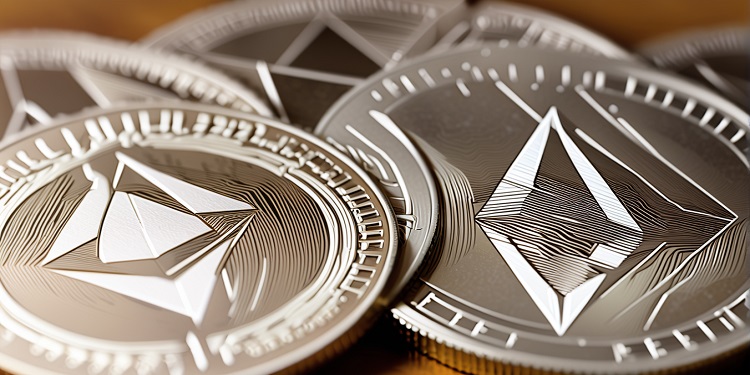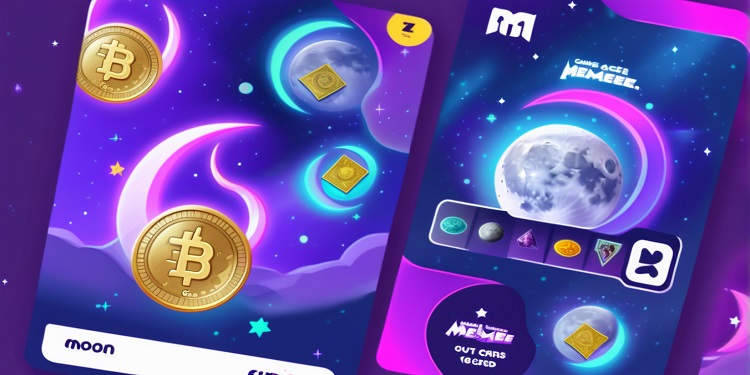The Ethereum network has recorded its lowest transaction fees in four years, marking a notable milestone for the blockchain ecosystem. Reports indicate that the average transaction cost has fallen to 0.00005 ETH, a substantial decline from its peak of 0.005 ETH observed in early 2024. This reduction is attributed to the successful implementation of Ethereum Improvement Proposal (EIP-1559), which introduced a fee-burning mechanism, alongside the expansion of layer-2 scaling solutions such as Arbitrum and Optimism. These enhancements have significantly alleviated congestion on the Ethereum mainnet, leading to reduced costs for network users. At the time of this fee drop, Ethereum was trading at approximately $2,300, reflecting a stable market environment with a daily trading volume of around $15 billion.
Impact on Trading Activity and Institutional Interest
Lower transaction fees have resulted in increased activity within Ethereum-based markets. Trading volumes for major Ethereum pairs saw significant growth, with the ETH/BTC pair on Binance witnessing a surge to 20,000 BTC, a notable increase from its monthly average of 15,000 BTC. Similarly, trading of ETH/USDT on Kraken climbed to $500 million, marking a 25% rise from the previous week’s average of $400 million. The reduction in fees has also fostered greater institutional engagement in decentralized finance (DeFi) applications built on Ethereum. This is evident from the total value locked (TVL) in Ethereum-based DeFi protocols, which rose by 10% to reach $50 billion. Analysts suggest that this trend could drive further adoption of Ethereum for real-world asset (RWA) tokenization and other financial applications, potentially increasing demand for ETH in the long run.
Technical Analysis Highlights a Bullish Outlook
From a market analysis perspective, Ethereum’s price chart displayed bullish indicators, reinforcing positive sentiment among traders. The 50-day moving average crossed above the 200-day moving average, forming a ‘golden cross,’ a pattern often associated with sustained upward momentum. Additionally, Ethereum’s Relative Strength Index (RSI) was recorded at 65, suggesting that the asset remained in a neutral zone without being overbought or oversold. Trading volumes on the day of the fee reduction exceeded the 30-day average, with 20 million ETH exchanged across major platforms compared to the previous monthly average of 15 million ETH. On-chain data revealed a decline in active Ethereum addresses to 400,000 from the previous month’s 500,000, a change possibly influenced by reduced fees enabling higher transaction frequency per address. Meanwhile, Ethereum’s network hash rate remained stable at 1,000 TH/s, indicating consistent mining activity despite shifts in transaction costs. These technical indicators suggest a strong market response to lower fees, supporting the outlook for Ethereum’s continued growth.
Potential Growth in AI and Crypto Integration
The reduction in Ethereum transaction fees has also sparked increased interest in AI-driven trading and blockchain-based AI applications. Notably, SingularityNET (AGIX), a token associated with AI-based blockchain projects, experienced a 5% increase in trading volume, reaching $100 million on the day Ethereum’s fees hit a new low. Analysts believe that lower costs could make Ethereum more attractive for AI-powered trading algorithms and decentralized AI applications, contributing to further adoption within the ecosystem. Additionally, market sentiment towards AI-related blockchain projects remained positive, as reflected in the AI Crypto Sentiment Index, which rose to 70 out of 100. This growing interest in AI and Ethereum’s improving efficiency may create new opportunities for innovation and investment in the sector.
Overall, the significant decline in Ethereum transaction fees has positively impacted trading activity, institutional involvement, and technological advancements within the ecosystem. As Ethereum continues to optimize its network through scaling solutions and protocol upgrades, its role in DeFi, AI applications, and real-world asset tokenization is expected to expand, reinforcing its position as a leading blockchain platform.









